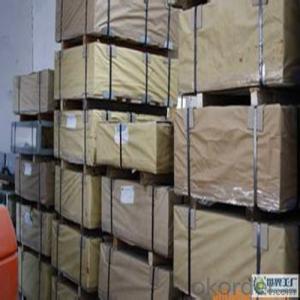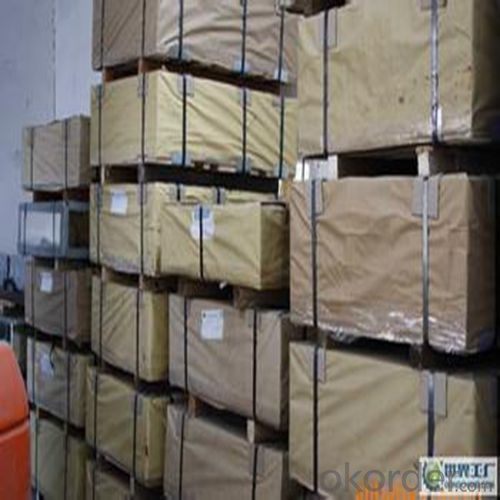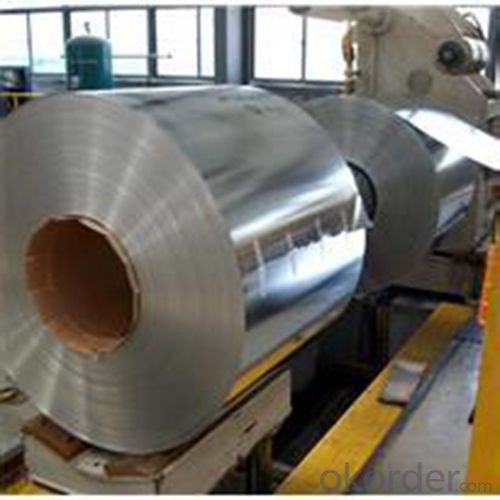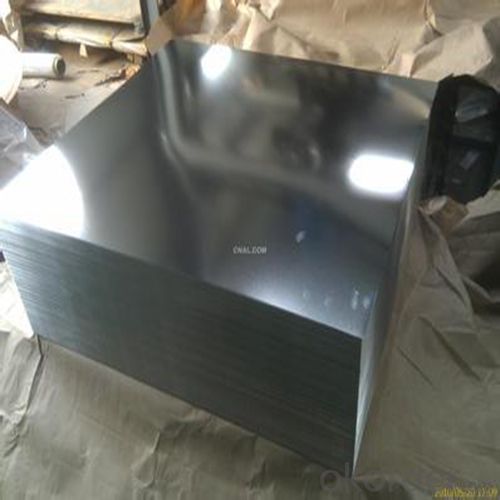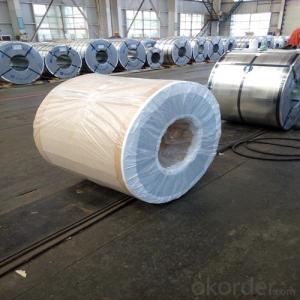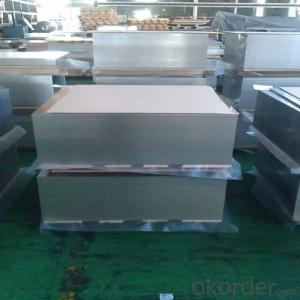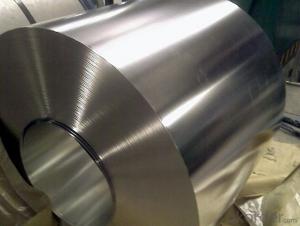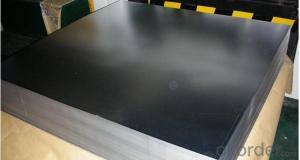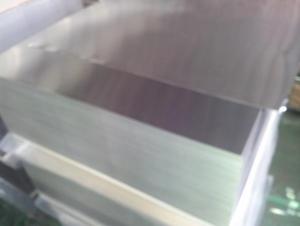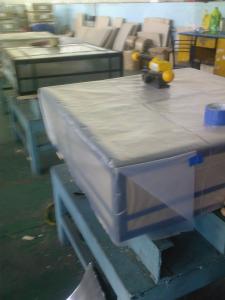Electrolytic Tinplate ETP for Metal Containers 0.22 T4 CA
- Loading Port:
- Tianjin
- Payment Terms:
- TT OR LC
- Min Order Qty:
- 25 m.t.
- Supply Capability:
- 10000 m.t./month
OKorder Service Pledge
OKorder Financial Service
You Might Also Like
1.Structure of Electrolytic Tinplate ETP for Metal Containers 0.22 T4 CA Description
Electrolytic Tinplate, is one thin steel sheet with a coating of tin applied by electrolytic deposition. Tinplate made by this process is essentially a sandwich in which the central core is strip steel. This core is cleaned in a pickling solution and then fed through tanks containing electrolyte, where tin is deposited on both sides. As the strip passes between high-frequency electric induction coils, it is heated so that the tin coating melts and flows to form a lustrous coat.
2.Main Features of the Electrolytic Tinplate ETP for Metal Containers 0.22 T4 CA
Appearance – Tinplate is characterized by its beautiful metallic luster. Products with various kinds of surface roughness are produced by selecting the surface finish of the substrate steel sheet.
Paintability and printability – Tinplates have excellent paintability and printability. Printing is beautifully finished using various lacquers and inks.
Formability and strength – Tinplates have got very good formability and strength. By selecting a proper temper grade, appropriate formability is obtained for different applications as well as the required strength after forming.
Corrosion resistance – Tinplate has got good corrosion resistance. By selecting a proper coating weight, appropriate corrosion resistance is obtained against container contents. Coated items should meet 24 hour 5 % salt spray requirement.
Solderability and weldability – Tinplates can be joined both by soldering or welding. These properties of tinplate are used for making various types of cans.
Hygienic – Tin coating provides good and non toxic barrier properties to protect food products from impurities, bacteria, moisture, light and odours.
Safe – Tinplate being low weight and high strength makes food cans easy to ship and transport.
Eco friendly – Tinplate offers 100 % recyclability.
Tin is not good for low temperature applications since it changes structure and loses adhesion when exposed to temperatures below – 40 deg C.
3.Electrolytic Tinplate ETP for Metal Containers 0.22 T4 CA Images
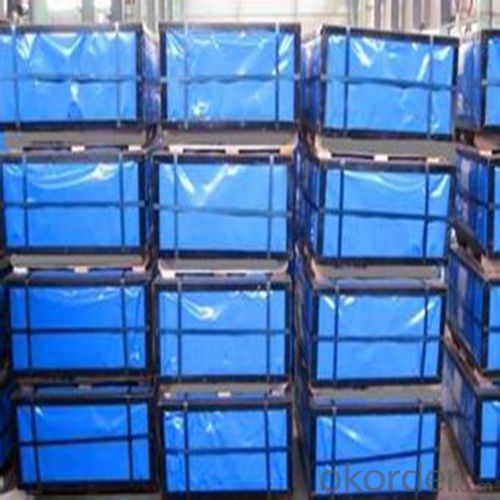
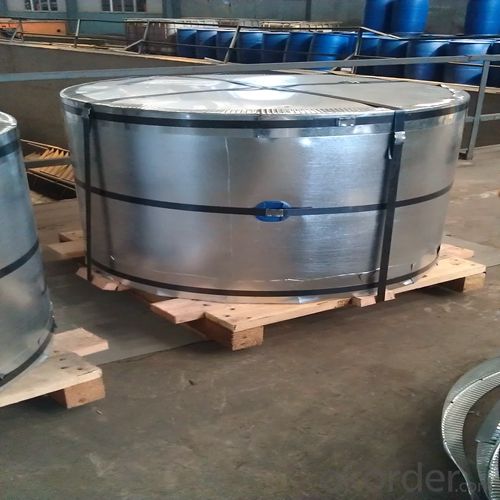
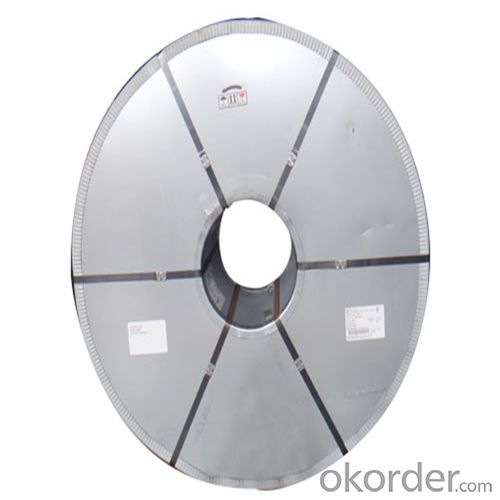
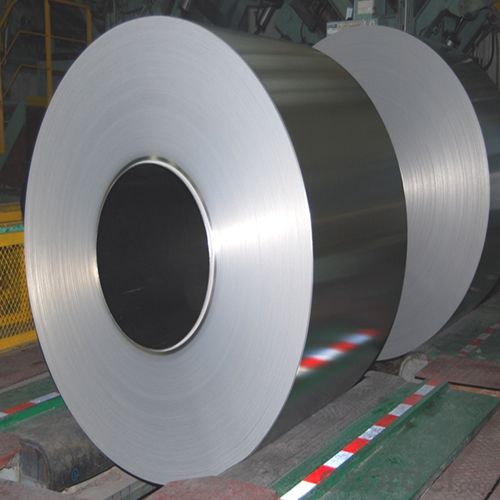
4.Electrolytic Tinplate ETP for Metal Containers 0.22 T4 CA Specification
Standard: ISO 11949 -1995
Material: MR
Thickness:0.22mm
Width: 600mm -1150mm
Temper: T4
Annealing: CA
Coil Inner Diameter: 508mm
Weight: 6-10 tons/coil 1~1.7 tons/sheets bundle
Passivation:311
Oil: DOS
Surface: Finish
5.FAQ of Electrolytic Tinplate ETP for Metal Containers 0.22 T4 CA
- How are the tinplates specified?
The tinplates are specified as per the steel base, extent of tempering, the coating weight, annealing method and the surface finish.
- How many types there are for base steels?
The base steels are of three types: Type MR, L, D
- Q: Why do tin tins rust easily when they are opened?
- The tinplate is of poor quality and the tin is not enough
- Q: Can tinplate be used for construction materials?
- Yes, tinplate can be used for construction materials.
- Q: How does tinplate contribute to the conductivity of electrical components?
- Tinplate contributes to the conductivity of electrical components by providing a thin layer of tin coating on the surface, which enhances the flow of electric current and reduces resistance. This tin coating acts as a protective barrier against corrosion, ensuring long-term conductivity and preventing the electrical components from deteriorating over time.
- Q: How does tinplate compare to other types of packaging materials?
- Tinplate is known for its durability, strength, and resistance to corrosion, making it superior to many other packaging materials. It offers excellent protection against moisture, light, and oxygen, which helps preserve the quality and freshness of the packaged products. Moreover, tinplate is highly versatile, allowing for creative designs and printing options, making it visually appealing to consumers. While it may be slightly more expensive than some alternatives, tinplate's numerous advantages make it a preferred choice for packaging in various industries.
- Q: What are the different printing techniques used on tinplate?
- There are several different printing techniques used on tinplate, including lithography, screen printing, and offset printing. Lithography involves creating an image on a flat surface, such as a metal plate, and then transferring that image onto the tinplate. Screen printing involves using a mesh screen to apply ink onto the tinplate in a desired pattern or design. Offset printing involves transferring an image from a plate onto a rubber blanket, and then onto the tinplate. Each technique has its own advantages and is chosen based on factors such as cost, complexity of the design, and desired quality of the print.
- Q: What are the safety regulations for tinplate packaging?
- The safety regulations for tinplate packaging vary depending on the specific product being packaged. However, in general, tinplate packaging must meet standards set by regulatory bodies such as the Food and Drug Administration (FDA) or the European Food Safety Authority (EFSA). These regulations typically cover aspects such as the use of safe materials, proper labeling, and ensuring the packaging does not contaminate the product. Additionally, tinplate packaging must often undergo testing for factors such as durability, resistance to corrosion, and overall safety during handling and transportation.
- Q: Can tinplate be used for packaging of perishable goods?
- Yes, tinplate can be used for packaging of perishable goods. Tinplate is a durable and protective material that can provide a barrier against moisture, oxygen, and light, which are factors that can contribute to the spoilage of perishable products. Additionally, tinplate can offer a longer shelf life for perishable goods due to its ability to maintain product quality and prevent contamination.
- Q: What are the main applications of tinplate in the electrical industry?
- Tinplate is widely used in the electrical industry for various applications such as the production of electrical enclosures, transformer tanks, and terminal boxes. Its corrosion-resistant properties make it an ideal material choice to protect electrical components from moisture and other environmental factors. Additionally, tinplate is used for manufacturing electrical connectors, terminals, and busbars due to its excellent electrical conductivity.
- Q: What are the recommended soldering techniques for tinplate?
- The recommended soldering techniques for tinplate include pre-tinning the surfaces to be soldered, using a low-temperature soldering iron, ensuring proper ventilation, and using flux to promote good solder flow. It is also important to avoid excessive heat, as tinplate can be easily damaged.
- Q: Can tinplate be used for coinage?
- No, tinplate cannot be used for coinage as it is not a suitable material for making coins.
Send your message to us
Electrolytic Tinplate ETP for Metal Containers 0.22 T4 CA
- Loading Port:
- Tianjin
- Payment Terms:
- TT OR LC
- Min Order Qty:
- 25 m.t.
- Supply Capability:
- 10000 m.t./month
OKorder Service Pledge
OKorder Financial Service
Similar products
Hot products
Hot Searches
Related keywords
